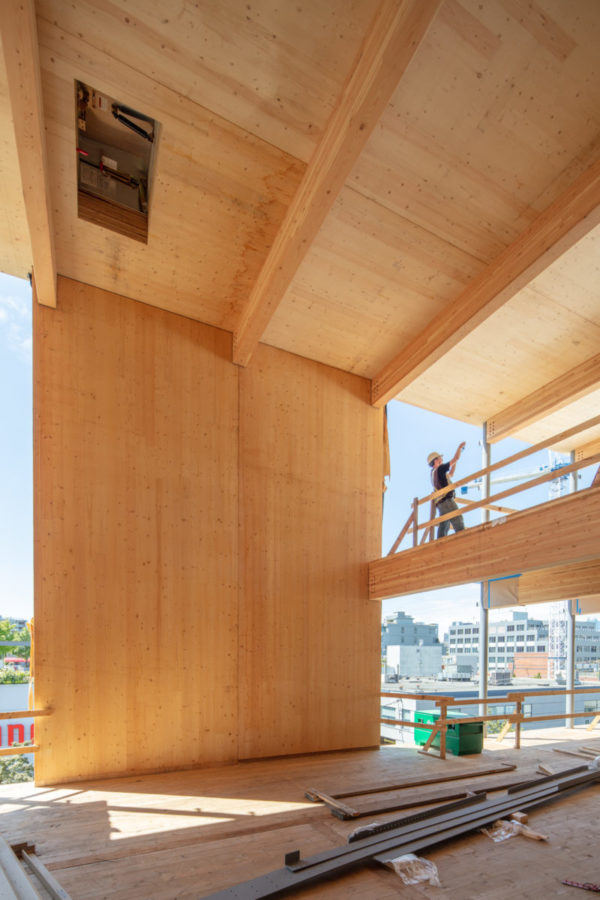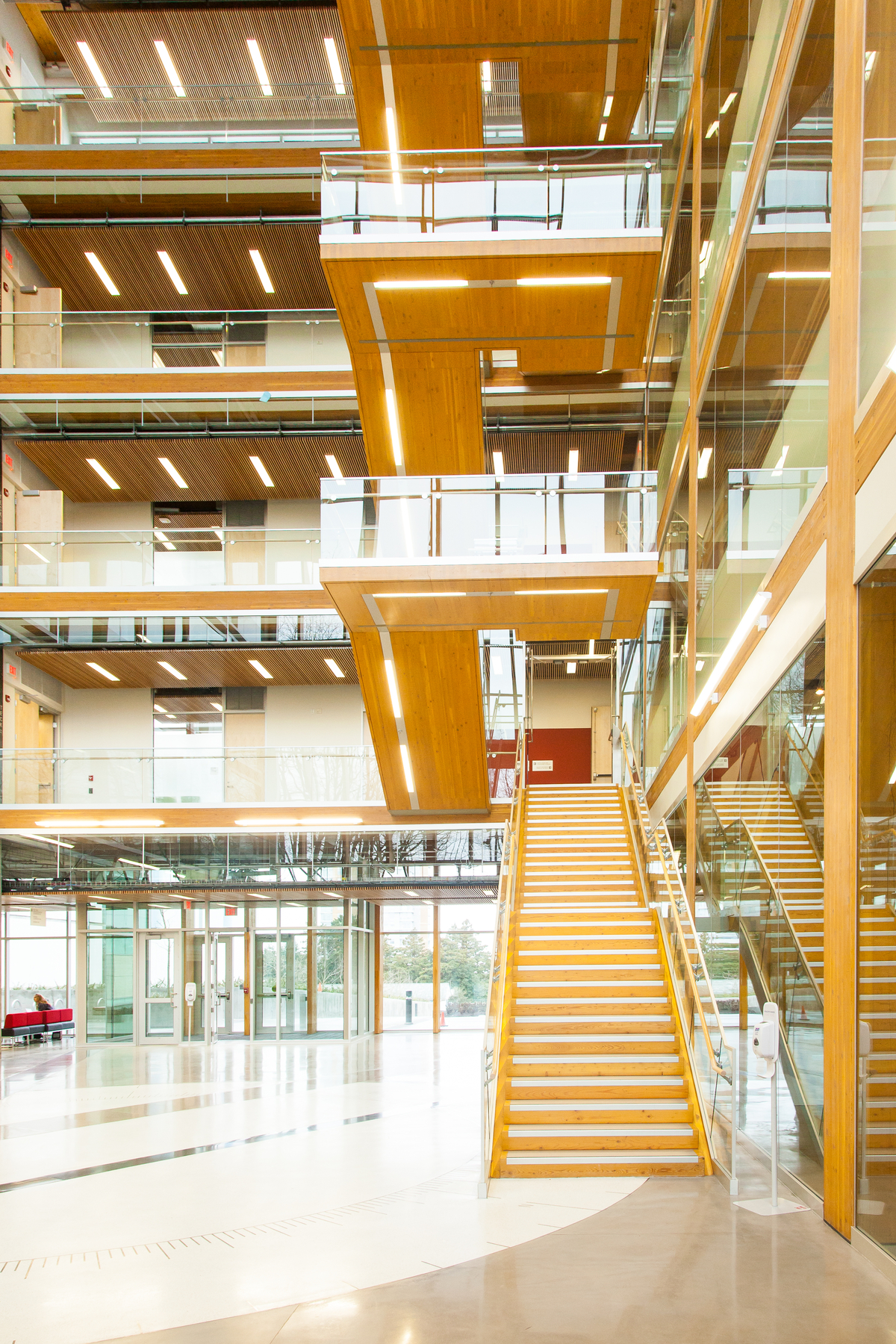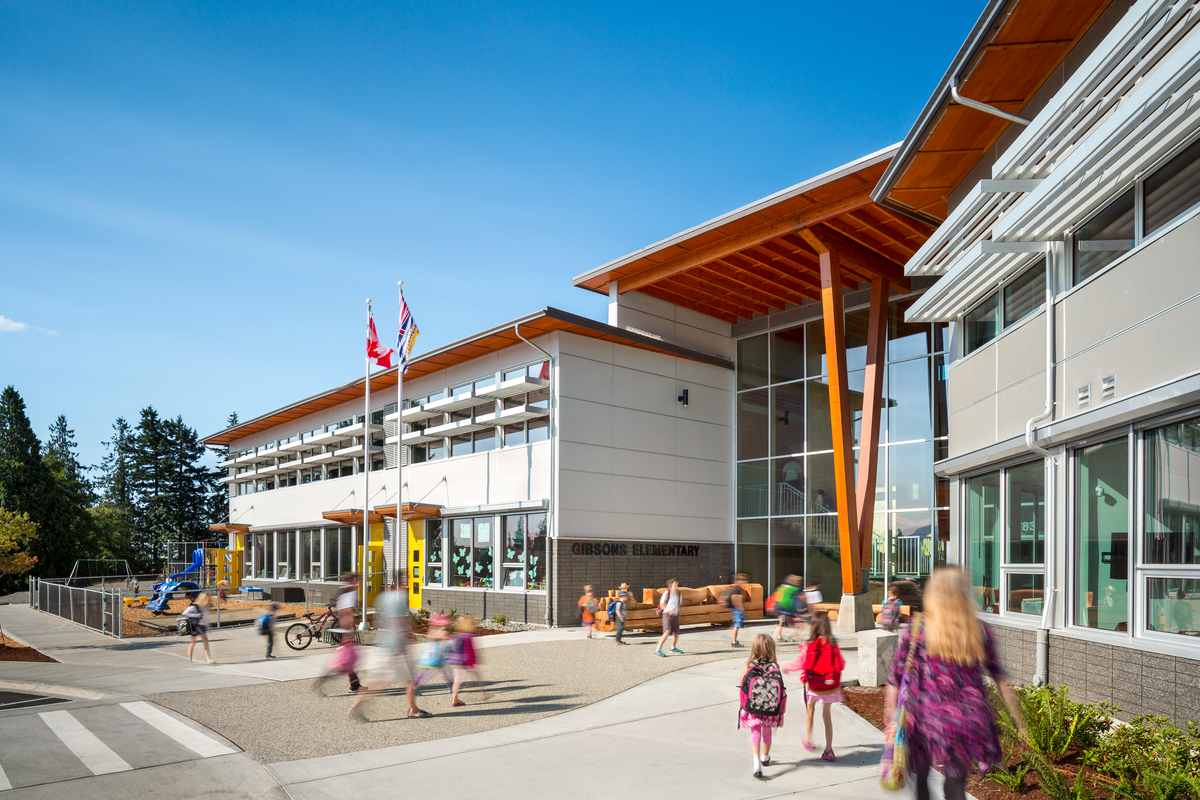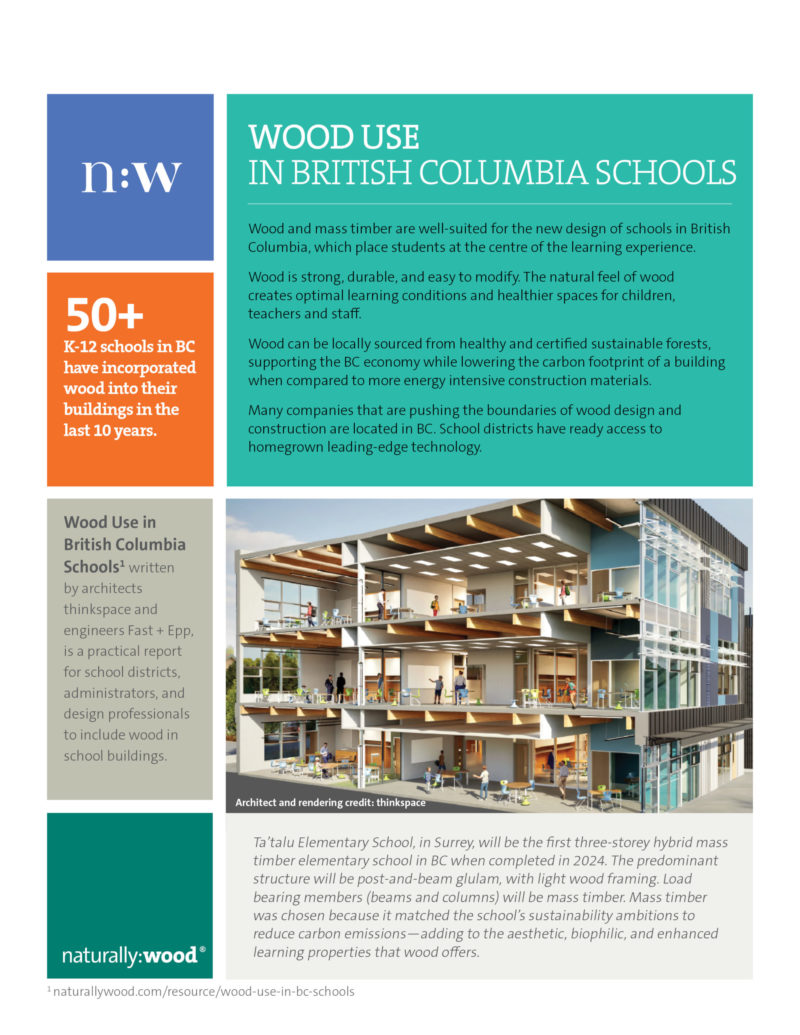Fast + Epp Home Office | Photo credit: Michael Elkan
Design for disassembly and adaptability to expand the life of a building
Canada’s construction sector generates one-third of total solid waste in Canada (equal to more than 4 million tonnes of waste per year). Much of the value from these waste materials and resources are currently being lost from Canada’s economy at end of life. The circular economy has come to the forefront as a solution for moving away from today’s linear “take-make-waste economy” by helping keep materials and resources in use for as long as possible.
This report, prepared by Delphi Group in partnership with SCIUS Advisory, provides an overview of the circular economy in the built environment in Canada and explains the concept of design for disassembly and adaptability (DfD/A) to expand the lifespan of buildings. It also talks about mass timber as a renewable product—and an important player in the circular economy—and offers a series of recommendations to embrace the adoption of circularity in Canada.
Applying circular economy principles to Canada’s construction and real estate sector could
- Reduce waste and greenhouse gas (GHG) emissions.
- Improve the resiliency of supply chains.
- Create new economic opportunities.
- Preserve natural ecosystems and urban green spaces.



